|
Why is Instagram such a great online platform for artists? What are some essential tips for working artists starting on Instagram? Why is it important to build up a following if we're intending to make a consistent income from our work and how does one even go about starting to grow one from scratch? I sincerely believe that there's never been a better time to be an artist. With the Internet and so many online platforms/tools available to us, it's easy to both connect with other artists and start getting our work known by possible collectors all over the world. We can literally set up our own website or online shop in a matter of minutes and start making our work or services available for visitors. This said, something I quickly came to realize after having left my last 'normal' full-time position and starting my own online business is that, it's one thing to have and use all of these amazing tools and it's quite another to actually make them work for your career as a professional artist. As I shared in this past blog post, there's a lot to learn and start implementing in your online efforts. There's a strategy involved, and it's not just about mindlessly posting your work. While we're building up our artistic skills and finding our voice, we need to be learning about marketing and actually putting to use these strategies we learn about. It's only through actually experimenting for ourselves over a certain period of time, that we can conclude whether strategies are working for our specific artistic goals or not. For most of us, it can not only take time to see sales coming in, but the process can be frustrating and quite overwhelming, as there's so much to learn about and so many options. This is especially the case when we're just getting started. Over at my YouTube channel, I've shared videos in which I'm very honest about what it has taken for me to get to the point I'm at, and have provided lots of practical advice for aspiring artists. With my innermost group over on Patreon, I'm even more candid about my life as an artist and share the inside tips that have worked for me as I continue building my income online. As I've mentioned in past blog posts and videos, as artists we are creative entrepreneurs. We're business owners. It's important to understand that we're looking to sell products. Meaningful, unique products. But products nonetheless. And just like any other business out there, it's essential to build up our brand and work on a message that is meaningful and unique to us. To succeed as an artist, we must build up an audience (whether it's online, offline or both is completely up to you and your goals). We want to create connections with people who resonate with our work, our story and our message. You may be able to sell a piece or two here and there out of luck, but it's these people who resonate with us deeply, who'll be not only cheering us on, but will also be coming back for more when we release new artwork. I really believe that, the sooner we ease into marketing and sales, and actually see them as a fun, creative part of our work, the more successful we'll be. Katherine Belle, who works as special contributor for Enjoy Canvas, will be sharing several essential tips that will help us make our Instagram account a success. Katherine is obsessed with interior design, and is a pro at creating and sharing content online that is valuable for readers. Let's get into her article! 5 Tips for Marketing and Selling Your Art on Instagram Like a Pro
by Katherine Bell
Instagram has completely changed the way people buy and sell products (and services). Literally, anyone can start selling via the Internet now-a-days. This is awesome because this means we don't have to sit through endless days wondering how we can grow our art business and sell more work. It's all about how you market yourself and your art, which requires you actually interact with people and grow an engaged online community (your audience). As long as you focus on sharing valuable (inspiring, educational, entertaining) content for your audience, stay consistent, and apply a few key tips, your account will grow. And though this may take time, the opportunities that can come from your efforts are definitely worth it. Instagram is one of the best social media platforms for artists due to its highly visual nature and it's ability to display a curated portfolio of your work to your visitors. Over the years, it has become the ideal social media platform for artists, right next to Pinterest.
|
4. Get found
Like with any search engine, you should make time to learn about SEO and use keywords that will help you get found. Strong keywords will help your products show up in the shopper’s queries listing.
Make sure you're using them in your title, description and filling up all available tags. Brainstorm these keywords first, try to make similar searches and check results.
- Title –Be specific and detailed in your title and use words that shoppers are actually typing into the search field (oftentimes these are very different from words we would use). Focus on using the strongest keywords here and stick to the 140 characters limit.
- Description – Describe everything you can about your product. Think about possible questions shoppers would have and reply to them into this section. Don’t forget to mention your artwork size, medium, supplies used, care instructions, and any other relevant information.
- Tags – Tags are a word or combination of words used to describe your product briefly. You can add up to 13 tags per item listing (use all of them!). Etsy suggests a few keywords to your tags, which you shouldn’t ignore! They are based on the audience’s searches to related products and are extremely useful. Without these tags, chances are your work will be hidden from potential customers.
If you need some extra help into deciding which keywords are best, you could try EtsyRank and/or Marmalead.
5. Get noticed
Every time you publish a new product, it will be displayed on the top of its category for some time. Use this in your favor and don’t upload all your products at once. Choose the best time, when most of your target audience will probably be scrolling on Etsy, and upload your products then.
Another way to get noticed is by driving traffic to your store through social media. Make good use of Facebook, Instagram, Pinterest, Twitter, and so on. Learn about what works best with each platform and select the ones that are right for you. These tools are the best solution to create awareness and engage with your potential customers.
Remember, social media is all about engagement, not only posting. Use them to create connections with potential customers and stay away from only promoting work you want to sell. Reply to questions, ask your own, and always think of what your possible clients would like to see.
Finally, start to learn about paid promotion to amplify your reach. Think of investing a small amount in targeted campaigns via Facebook and Etsy's own promoted listings and testing out different strategies.
Final Thoughts
Etsy might not be the perfect platform, but it's probably the easiest for beginners. You will have to learn about technicalities and selling strategies, but this is applicable to any other e-commerce platform.
Put some effort into understanding the algorithms, using keywords appropriately, having great photos, managing finances, and driving traffic through your social media. When you feel more confident, you could even open your own website and sell your products directly.
Annabelle Carter Short is a freelance writer and seamstress of more than 7 years. She’s passionate about selling on Etsy and starting a handmade business. In her free time, she likes to make DIY projects with her two kids. Annabelle also works with few organizations to provide the best resources for raising and educating a special needs child.
Follow Annabelle on Facebook here.
I'd like to send out a huge thanks to Annabelle for sharing her expert advice with us.
And I want to encourage you, fellow artist, to make time to establish your own artistic goals. Set a plan for yourself and get to it. Do whatever research you feel you need to do, but don't allow yourself to get stuck or overwhelmed with contradicting or confusing advice.
Take action and implement what you learn because otherwise, you'll never really know if that path will work for your specific situation.
Inform yourself, make a decision based on your gut feeling, and get to it.
As one of my business coaches always says:
"Clarity comes through engagement, not thought."
And even if a platform doesn't turn out to be the best for your own goals, you'll have learned a whole ton from taking action.
Finally, if you're passionate about your art and it's your dream to one day make a living from selling, step one is to get your skills up to a level at which you're able to offer original, quality work with confidence.
Helping aspiring artists progress their skills and find their voice is one of my passions, and I'm here to help you.
Become a member of the Becoming Artists community on Patreon to gain immediate access to a library of classes on Art Fundamentals, exclusive drawing and watercolor painting tutorials that I don't share anywhere else, as well as live Q&A's in which I answer all your questions.
*This post contains affiliate links. I receive small commissions for purchases made through these links at no extra cost to you. These commissions help me keep this site up and running, in order for me to keep providing helpful and inspiring art content. :)
Welcome back, fellow artists and art lovers!
I’m unbelievably excited to be sharing another segment of my Artists from Around the World interview series!
This is one of the many exciting projects I’ve been working on behind the curtain, and I hope these interviews inspire aspiring artists out there to keep pursuing their passions, as well as help get amazing artwork in front of people looking to buy from or hire amazing creatives.
One of the things I love about being active in the online world, is that it enables me to connect with other art lovers and passionate creatives around the world. In the short amount time I’ve been working on this site,my YouTube channel, and sharing my work on social media, I’ve been able to get to know amazingly talented people that I would have otherwise never met.
Haydn Symons is one of the people I've had the fortune of getting to know.
He's an incredibly talented illustrator and designer based in the U.K. that has not only developed a unique and appealing art style, but has been able to gain experience working with world-wide clients in a variety of fields. Haydn designs logos and branding work for clients, as well as editorial and book cover illustrations.
Something I admire about Haydn is that he's constantly pushing himself to explore new subjects and techniques, and that his style and personality is palpable in everything he does.
A few months ago, he wrote an incredibly helpful blog post for us titled 3 Tips to Combine Watercolor and Gouache Like a Pro, in which he shares the similarities and differences between these two painting mediums, as well as useful tips to help us combine them effectively.
Haydn was very kind to answer a few questions I sent over and will be sharing with us how his artistic journey started, how he arrived at his art style, insights into what it's like to make a living as an artist, and much more.
So grab a cup of coffee, tea or your beverage of choice, and join me for this interview! :)
Welcome back, fellow artists and art lovers!
I’m unbelievably excited to be sharing another segment of my Artists from Around the World interview series!
This is one of the many exciting projects I’ve been working on behind the curtain, and I hope these interviews inspire aspiring artists out there to keep pursuing their passions, as well as help get amazing artwork in front of people looking to buy from or hire amazing creatives.
One of the things I love about being active in the online world, is that it enables me to connect with other art lovers and passionate creatives around the world. In the short amount time I’ve been working on this site,my YouTube channel, and sharing my work on social media, I’ve been able to get to know amazingly talented people that I would have otherwise never met.
Haydn Symons is one of the people I've had the fortune of getting to know.
He's an incredibly talented illustrator and designer based in the U.K. that has not only developed a unique and appealing art style, but has been able to gain experience working with world-wide clients in a variety of fields. Haydn designs logos and branding work for clients, as well as editorial and book cover illustrations.
Something I admire about Haydn is that he's constantly pushing himself to explore new subjects and techniques, and that his style and personality is palpable in everything he does.
A few months ago, he wrote an incredibly helpful blog post for us titled 3 Tips to Combine Watercolor and Gouache Like a Pro, in which he shares the similarities and differences between these two painting mediums, as well as useful tips to help us combine them effectively.
Haydn was very kind to answer a few questions I sent over and will be sharing with us how his artistic journey started, how he arrived at his art style, insights into what it's like to make a living as an artist, and much more.
So grab a cup of coffee, tea or your beverage of choice, and join me for this interview! :)
Interview with Illustrator/Designer Haydn Symons
1. What made you want to become an artist/illustrator?
I’ve been interested in art and design for a long time and have been drawing since I was around three years old. I’ve always loved to create new drawings and paintings, as well as learn about art. I studied Art and Design at Secondary School, took an Illustration course at college, and finally studied Illustration at Falmouth University, which I absolutely loved.
Illustration covers a lot of industries, from publishing, advertising to editorial, which makes it such a exciting discipline!
Throughout the years I've developed my craft and style, and have learned what it takes to become a successful freelance illustrator. I'm very passionate about the field and am 100% committed to what I do. I believe this dedication is what has allowed me to evolve my skill to what it is today.
2. You have a very distinguishable art style! Can you tell us a bit about how you arrived at it?
I started developing my illustration style during my years at Falmouth University. Throughout this time, I experimented with different mediums and materials, and pushed the boundaries of what I could produce.
My style is a mixture of traditional and contemporary elements. I consider it to be eye-catching and friendly. The artistic mediums I use most are gouache and watercolor, but I love constantly challenging myself with new techniques.
After finishing a new piece, I scan it into Adobe Photoshop in order to tidy it up a bit and do any necessary editing.
My illustration style has changed a lot from graduating back in 2013, and has evolved through a lot of practice, into what it is today.
3. What would you consider to be the most challenging aspect about being a working artist?
The most difficult part about being an artist is the unsteady income. It can really fluctuate from month to month and those bills need to get paid. This makes people hesitant about becoming freelance illustrators, designers or fine artists.
It can be scary and stressful when you don’t get commissions or money coming in. However, it’s an amazing feeling when you're asked to work on a new project and get paid for doing what you love. Being creative and using your artistic talent is extremely rewarding and there's nothing like being able to make a living by doing what you're most passionate about.
I've found it's incredibly important to know about marketing, sales, networking and business in general, to become successful as an artist.
4. What are your main sources of inspiration?
My sources of inspiration change from day-to-day. I’m inspired by the things around me - everything from landscapes and portraits, to news articles and popular culture.
I’m also very inspired by fine artists like David Hockney, who has become well-known figure in the art world. I really admire his use of color. I also love more traditional artists like Caravaggio, Canaletto, Rembrandt and Edward Hopper. Alongside them, I’m also inspired by well-known illustrators like Oliver Jeffers, Mr. Bingo and Sam Webber.
Lastly, I gain a lot of inspiration from reading and writing on a daily basis. I feel these practices really impact my work positively.
5. What are your must-have art supplies?
Paint
My go-to art supplies include gouache and watercolor. As I shared here at Erika's blog, I really enjoy combining both painting mediums. The paint sets I'm currently using are both by Winsor and Newton.
I usually like painting the background/base of my illustrations using watercolors, and using gouache for elements in the middleground/foreground.
I usually like painting the background/base of my illustrations using watercolors, and using gouache for elements in the middleground/foreground.
Paper
I highly recommend using thick, strong watercolor paper if you’re using water-soluble painting mediums. Having to deal with buckling during the painting process is very frustrating and so is damaging our paper! I really enjoy using Seawhite Heavy Watercolor Paper in 350gsm.
Paintbrushes
Lately, I've been using a set of paintbrushes by HeartyBay that I acquired through Amazon. It's affordable and perfect for use with both watercolor and gouache.
Software applications that I use on a daily basis which are very common in the creative industry include Adobe Photoshop, Adobe InDesign to Adobe Illustrator. These are paramount for any creative.
6. Do you have any tips on how to stay motivated/productive as an artist?
To stay motivated you need to commit to creating the work that you love producing. Set goals for yourself based on your passions, and actually see them through.
Read Erika's blog post titled Time Management for Artists: My Secrets for Staying Consistently Productive to learn how to define life goals and set objectives to ensure you're progressing towards them every week.
As an artist, you'll discover the specific subjects and styles you like creating, whether they are portraits, landscapes, abstract paintings, etc. If you continue focusing on getting better at what you want to be producing, and sharing your work with the world, people will start knowing you for that kind of work. But you have to stay consistent!
It's normal to have to do work to pay the bills that we're not necessarily passionate about doing, especially when we're starting out, but it's essential to keep making time for self-initiated projects that light us up.
Whenever I'm struggling or feeling unmotivated, I always think back to my why.
Why am I a freelancer?
Why am I an artist?
What will I gain (professionally and personally) if I keep pushing towards my dreams, and what will I have to give up if I stop?
7. Do you have any projects you'd like to make happen in the near future?
I traveled a lot last year and am super pumped about creating a series of illustrated maps, soon! I visited some amazing places that I really want to document in my own way. My illustrations will help me remember those amazing moments, and will be awesome additions to my portfolio.
It's so important to include the kind of work you actually want to be doing in your portfolio, whether these projects are ones you're actually getting paid for, or self-initiated ones!
I’m currently working on a couple of illustrations for magazines, and would love to do more of this kind of work in the near future, along with publishing and advertising projects.
Aside from this, it's very important for me to keep developing my illustration and artistic style, and just keep producing and creating new things consistently.
8. If you could give one piece of advice to aspiring artists, what would it be?
My one piece of advice for aspiring artists is to not give up. Even if you keep receiving knock back after knock back, keep going. Learn from your mistakes, get better, and improve.
If you’re constantly creating, improving and putting yourself out there, nothing will stop you.
Keep going and never give up on your dreams!
9. Lastly, could you share where we can find more of your work and news from you?
You can find my portfolio and personal blog over at www.haydnsymons.com.
You can also find me on social media:
Instagram: https://www.instagram.com/haydnsymons/
Twitter: https://twitter.com/haydnsym
Facebook: https://www.facebook.com/haydnsymonsillustration
A huge thanks to Haydn, for taking time to answer my questions, sharing his experience with us and, most importantly, for inspiring us to pursue our passions.
Hope you enjoyed this interview and make sure to follow Haydn's work. I personally can't wait to see what he'll be producing in the future!
Cheers!
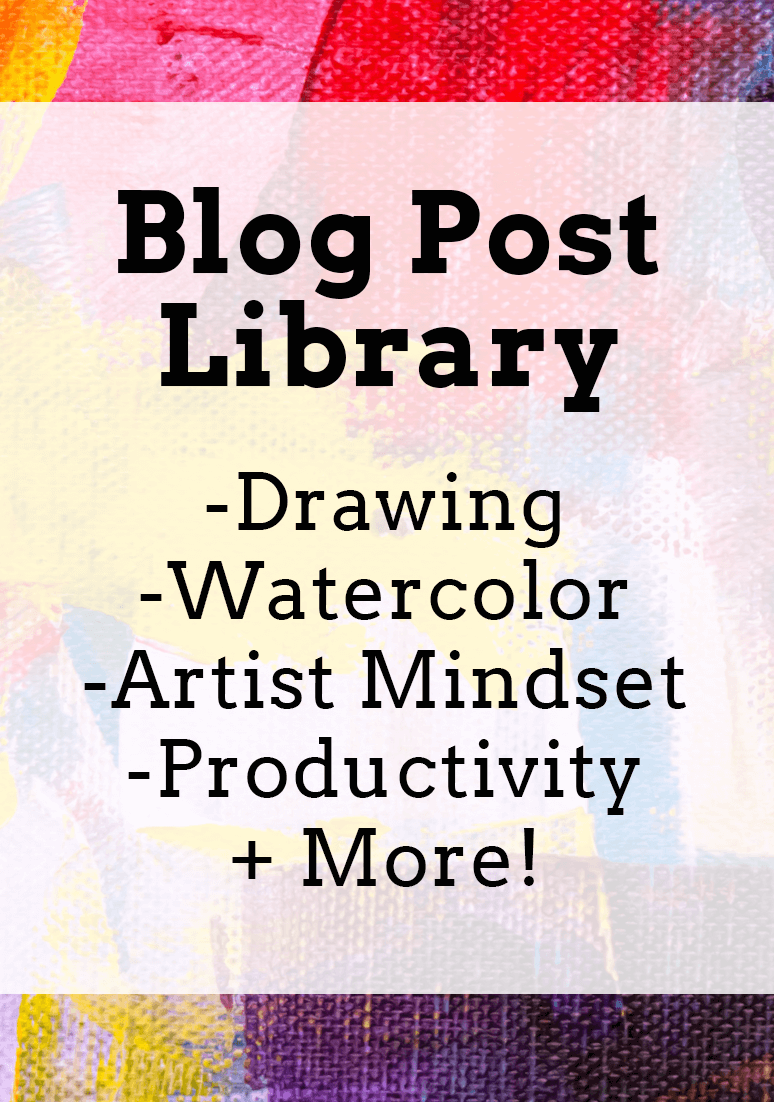
www.erikalancaster.com
is a participant in the Amazon Services LLC Associates Program, an affiliate advertising program designed to provide a means for sites
to earn advertising fees by advertising and linking to amazon.com.
www.erikalancaster.com
is a participant in the Shareasale.com Affiliate Program, an affiliate advertising program designed to provide a means for sites to earn advertising fees by advertising and linking to Shareasale.com partner companies.
is a participant in the Amazon Services LLC Associates Program, an affiliate advertising program designed to provide a means for sites
to earn advertising fees by advertising and linking to amazon.com.
www.erikalancaster.com
is a participant in the Shareasale.com Affiliate Program, an affiliate advertising program designed to provide a means for sites to earn advertising fees by advertising and linking to Shareasale.com partner companies.

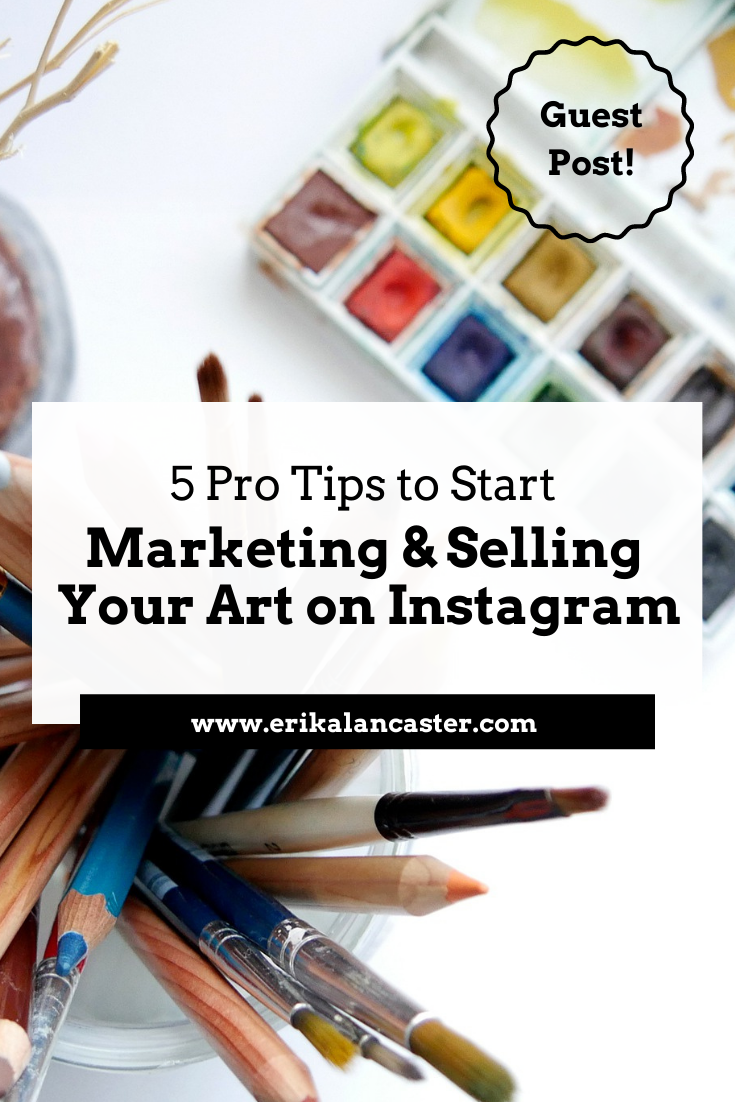
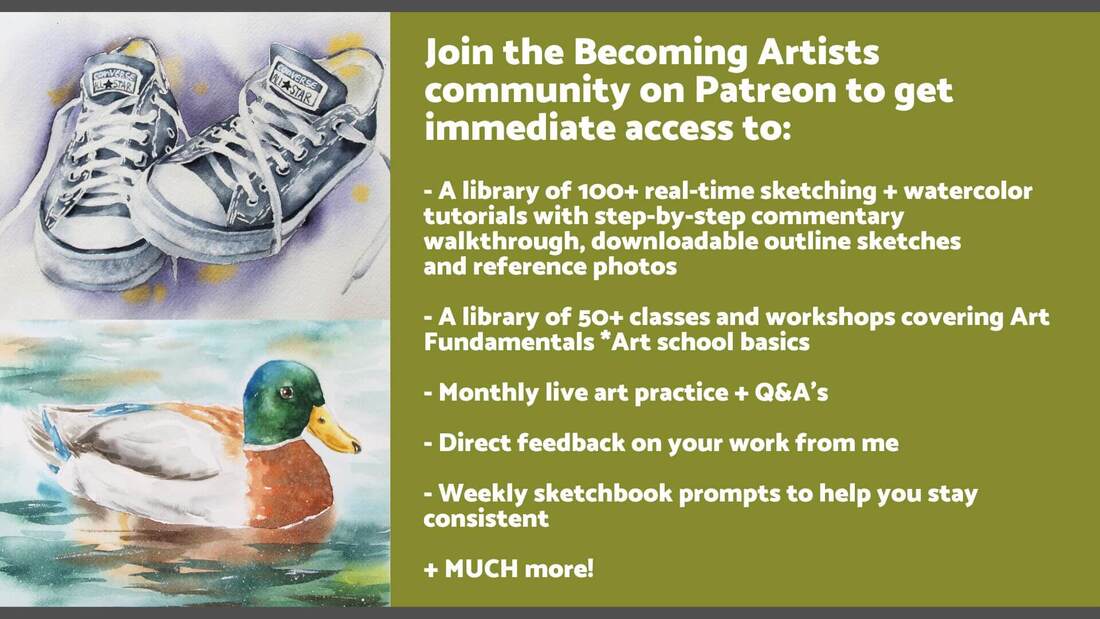
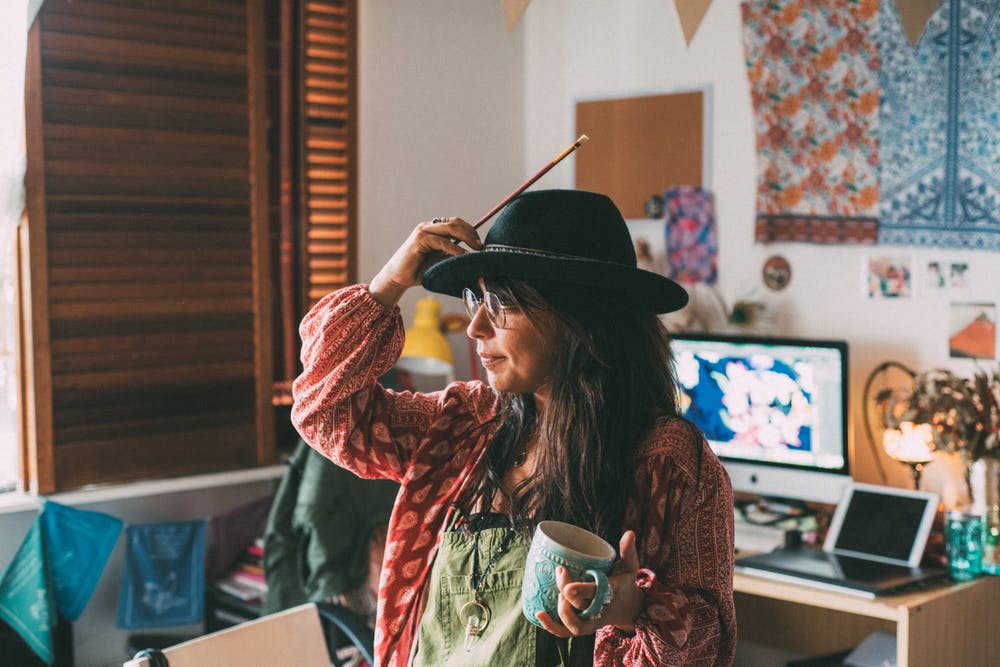
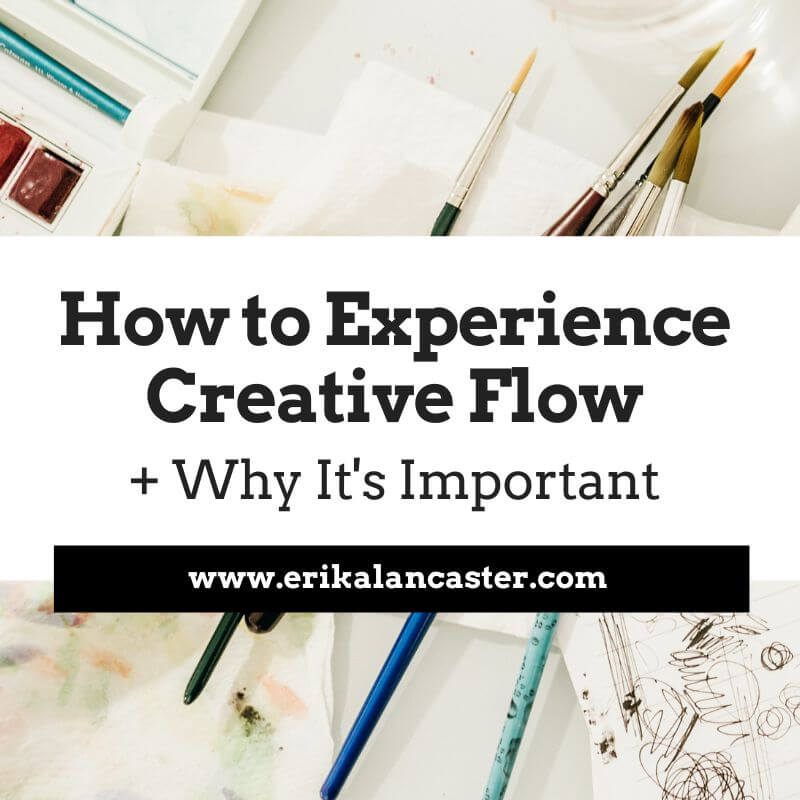
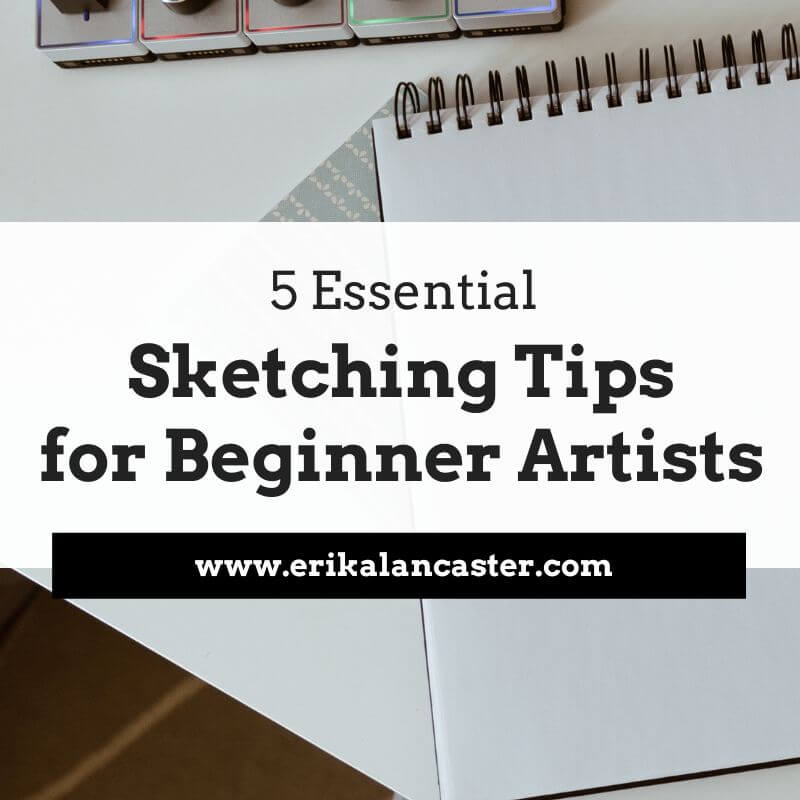
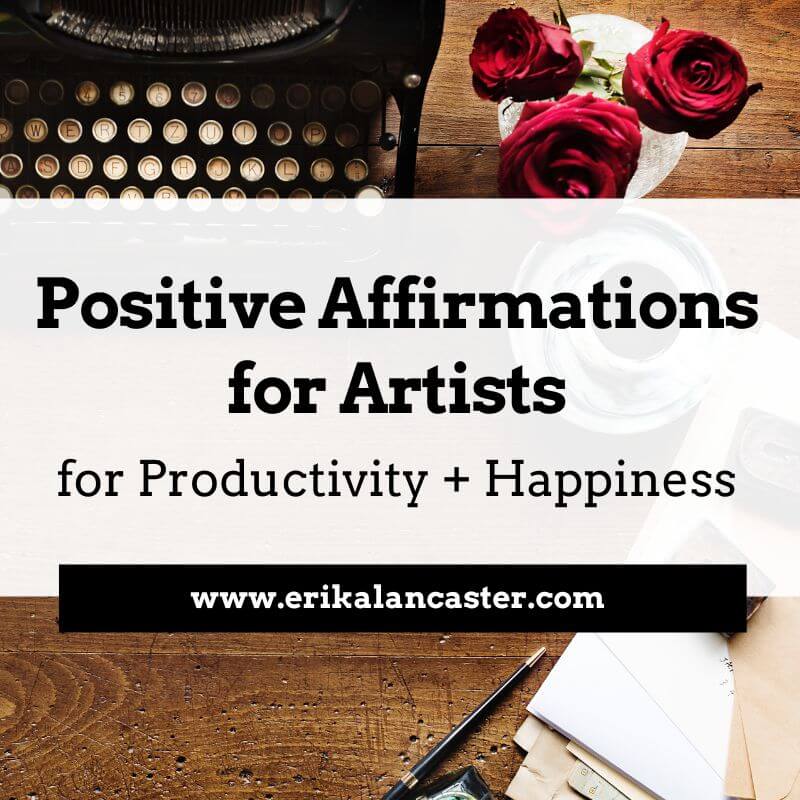
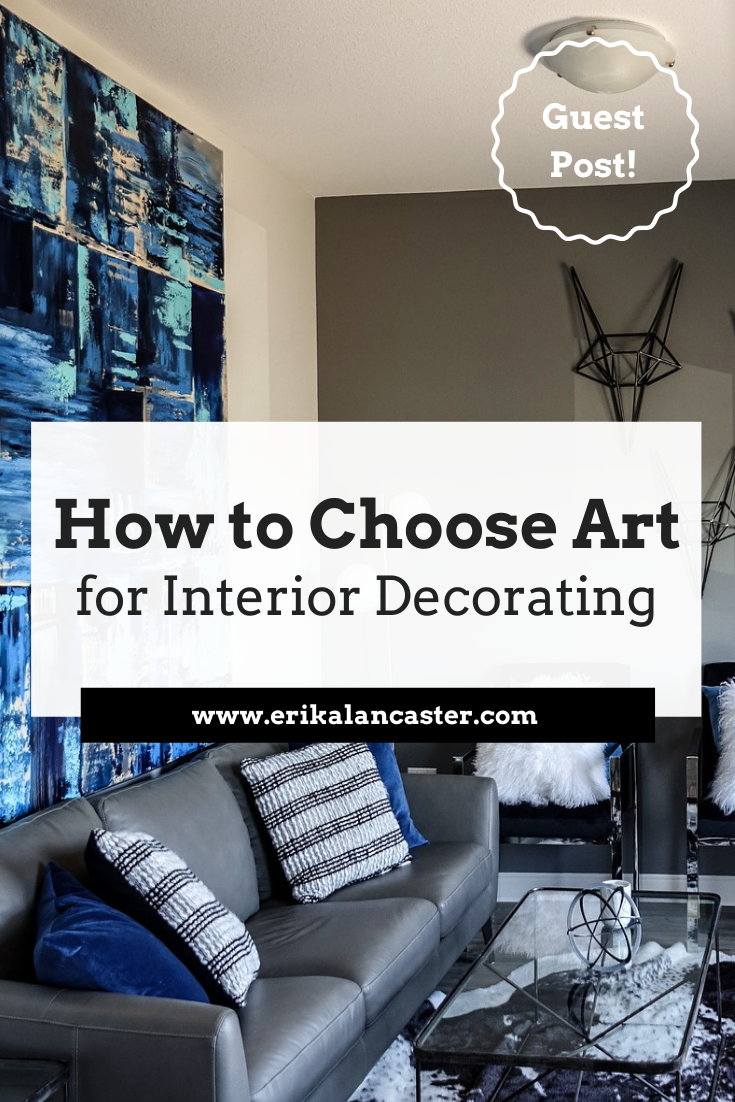
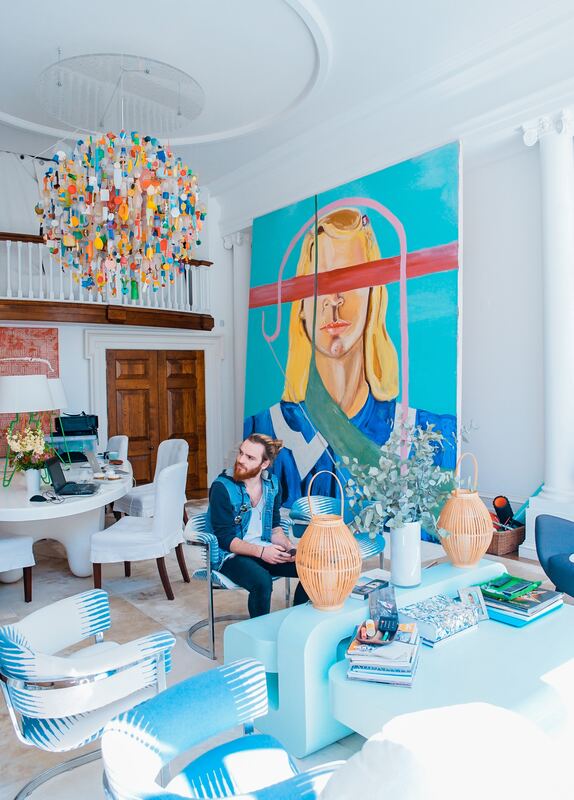
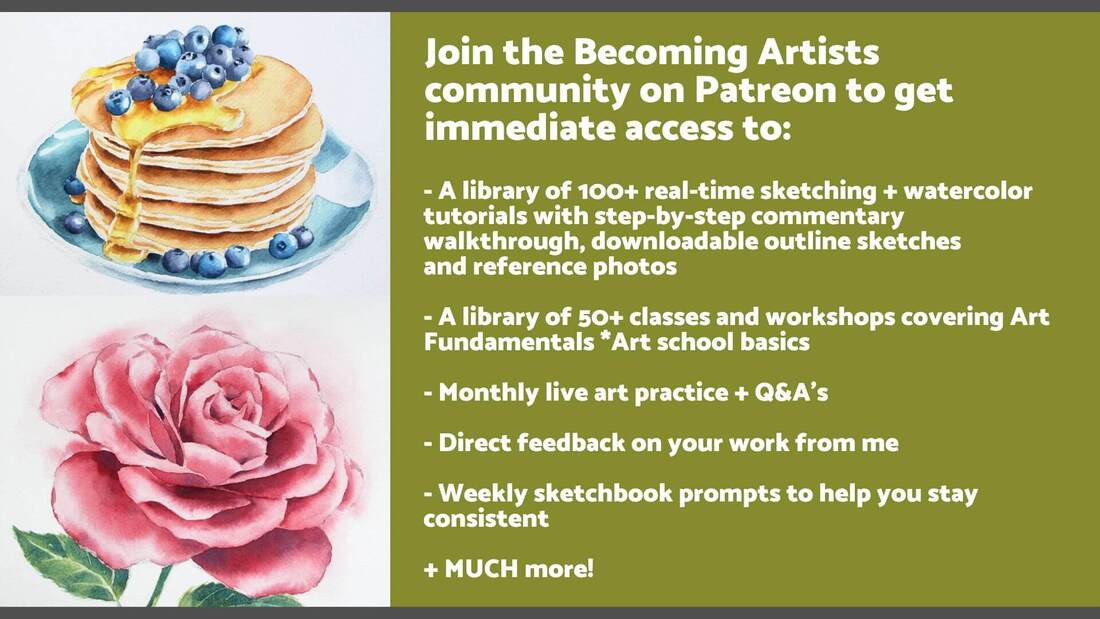
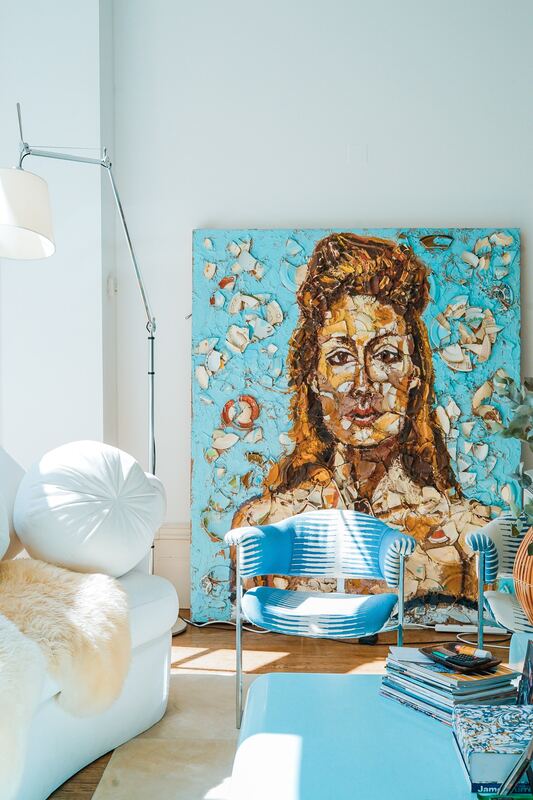
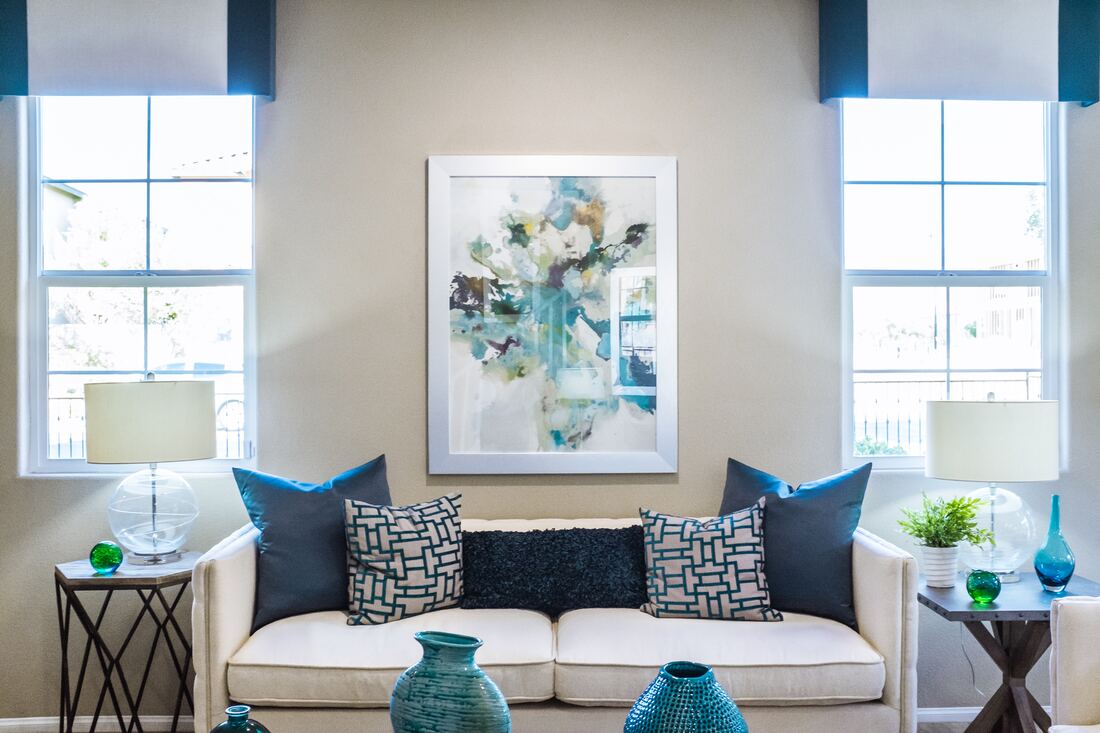
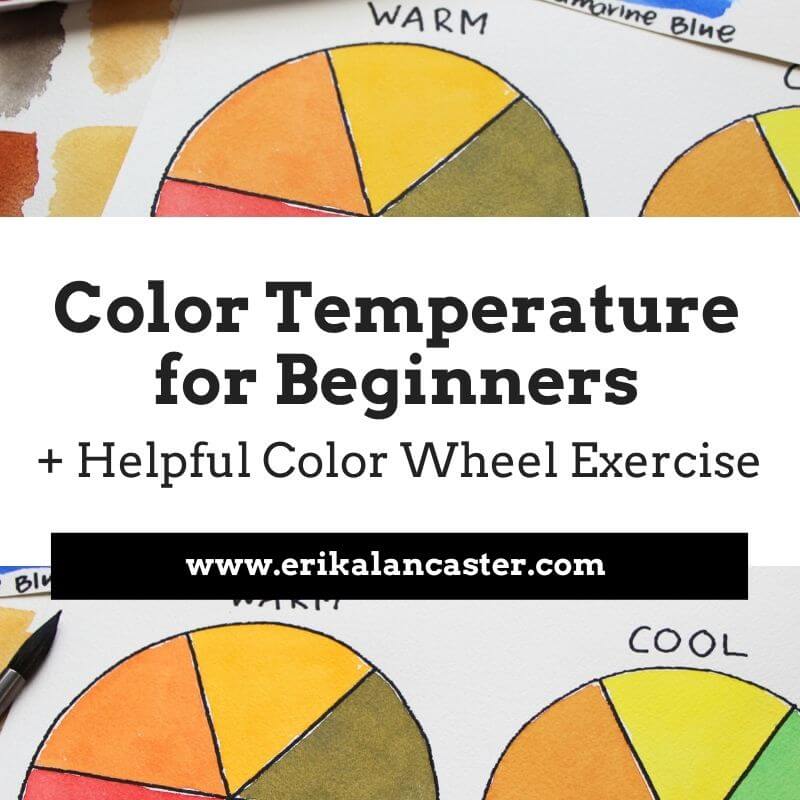
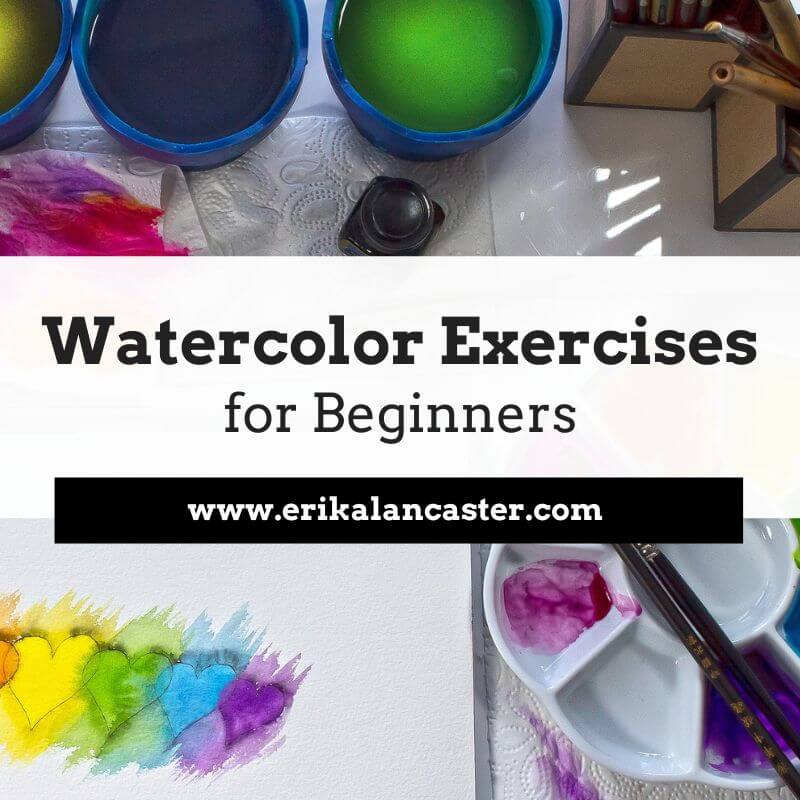
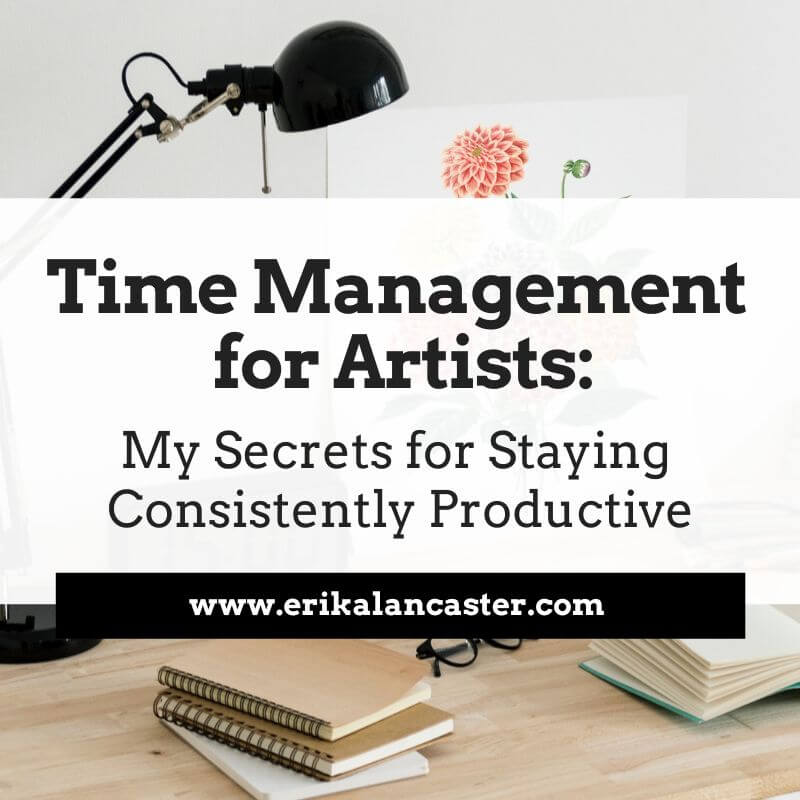
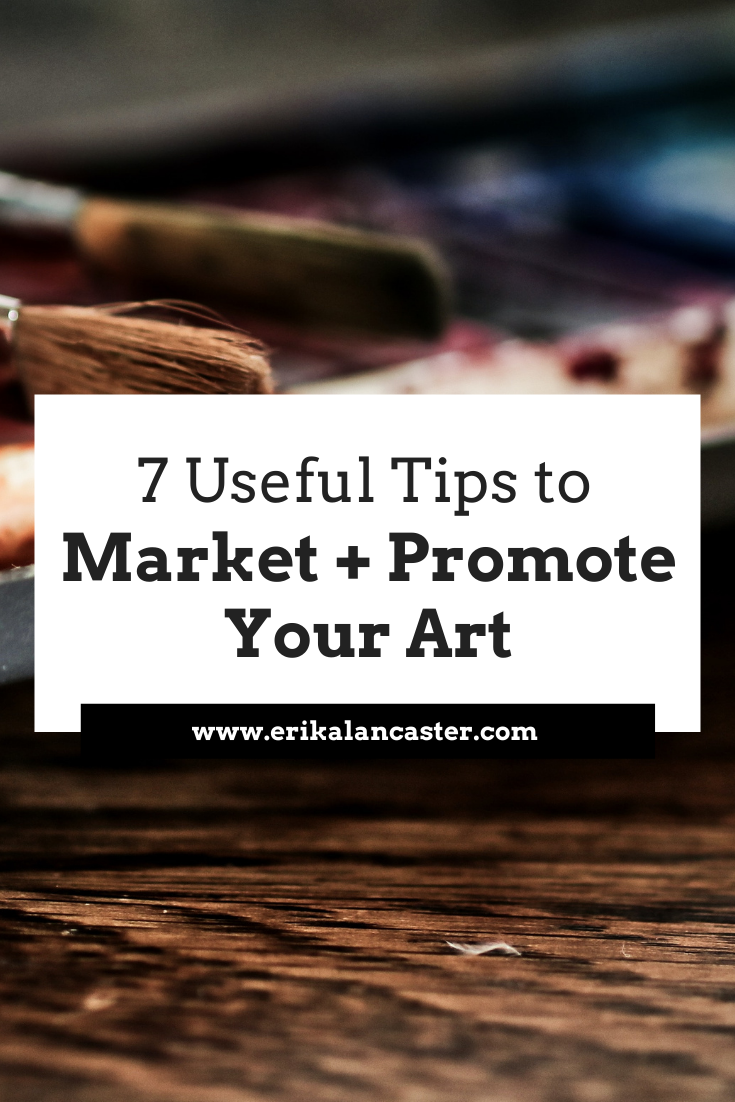

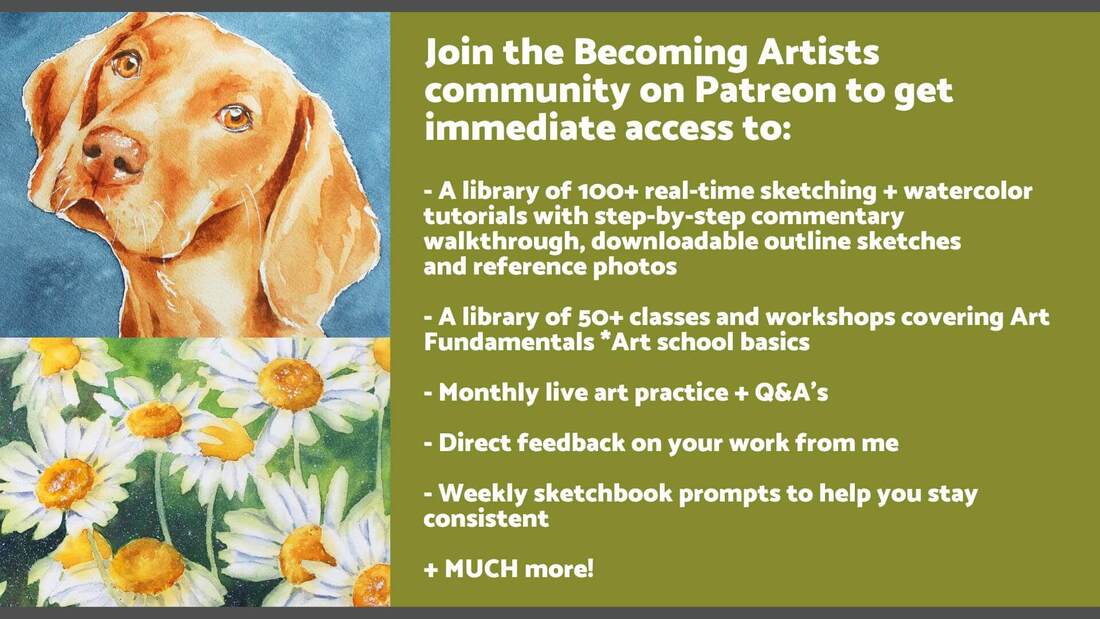
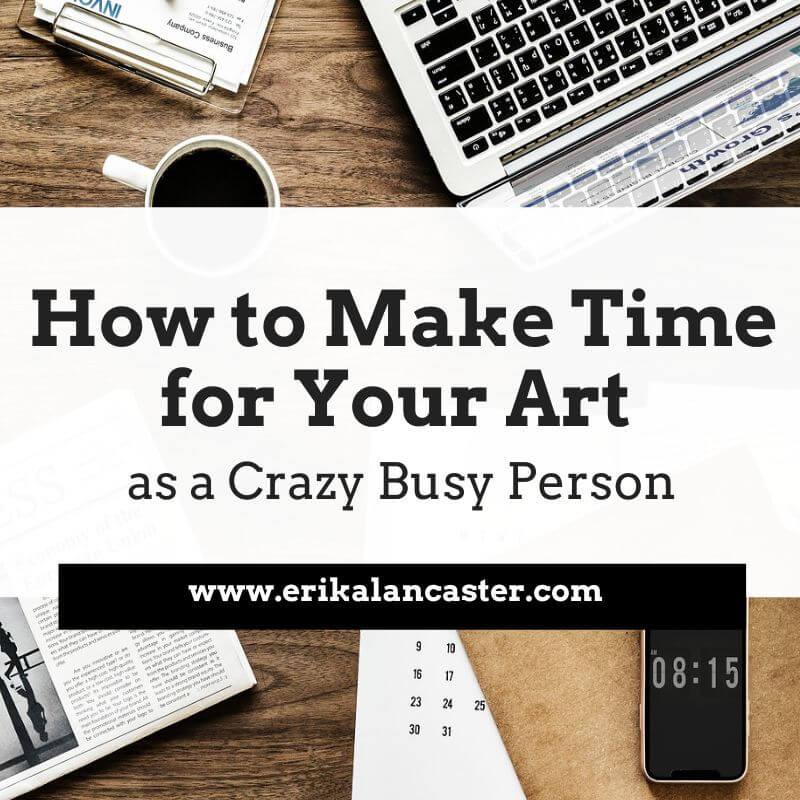
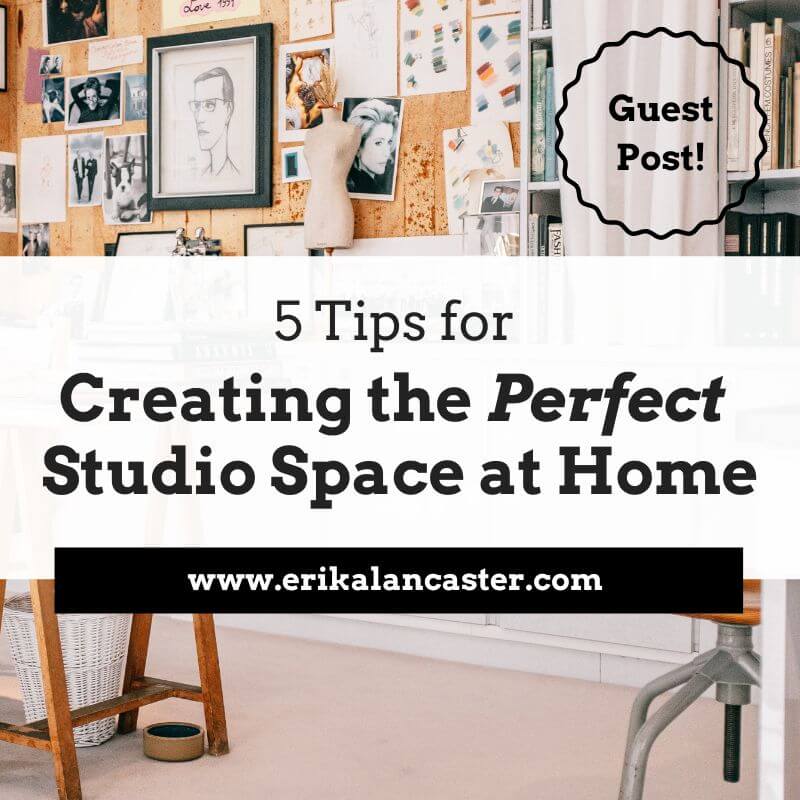
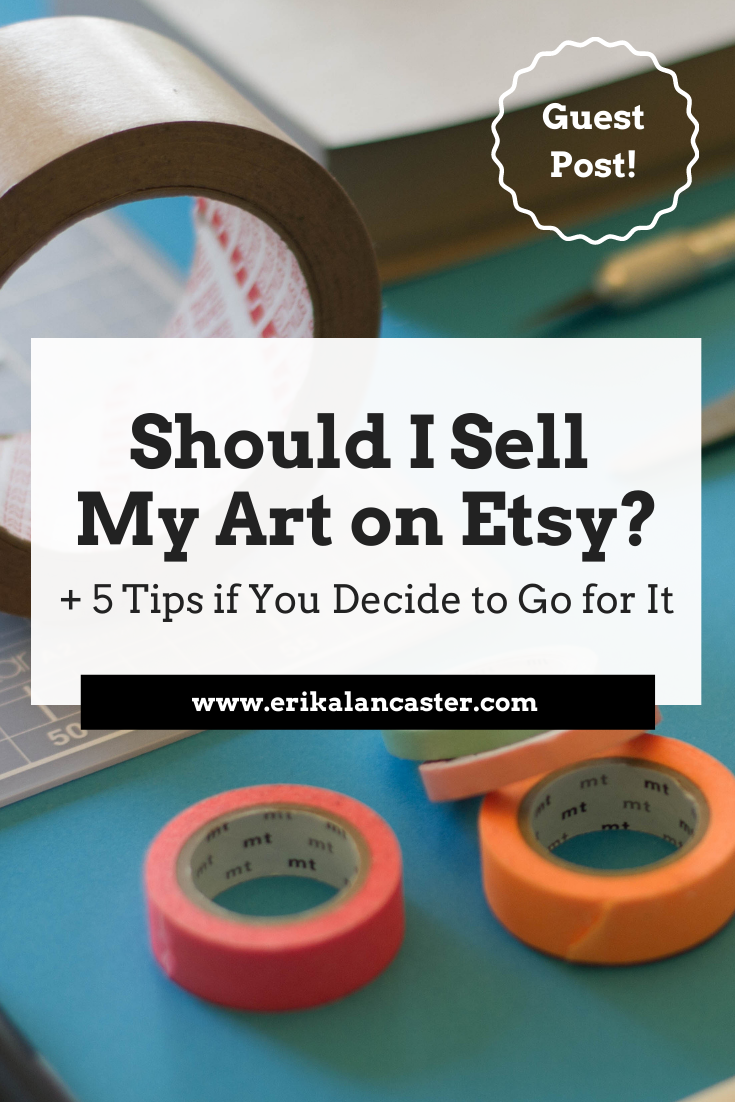
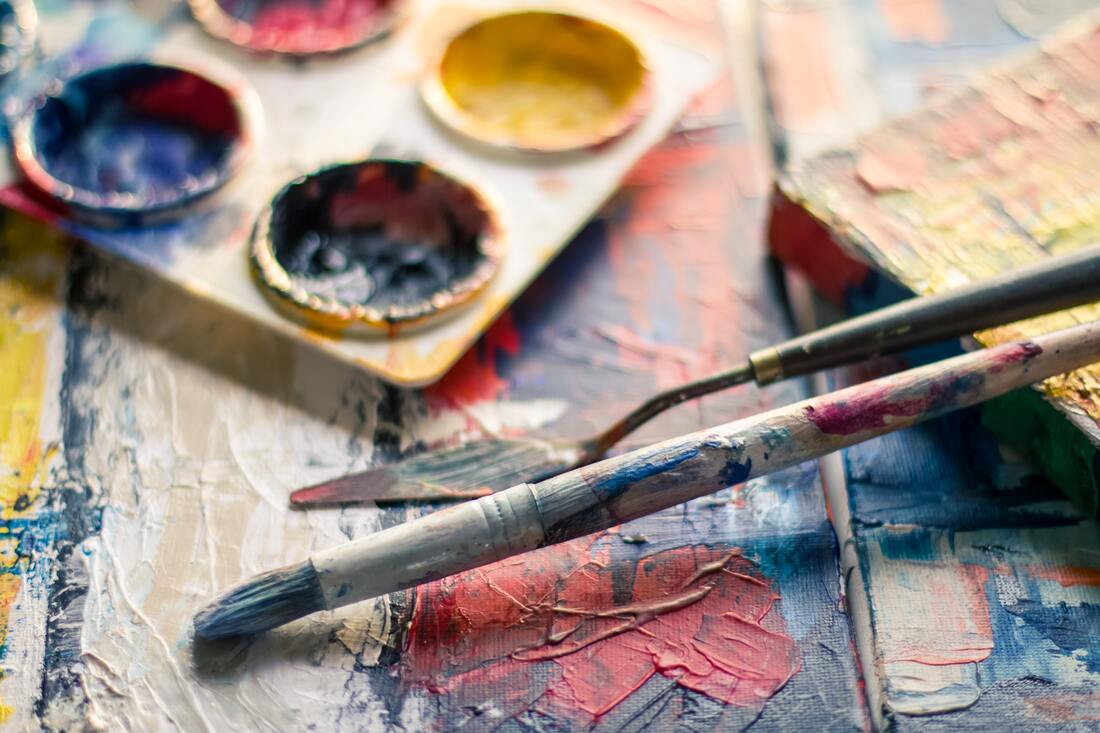
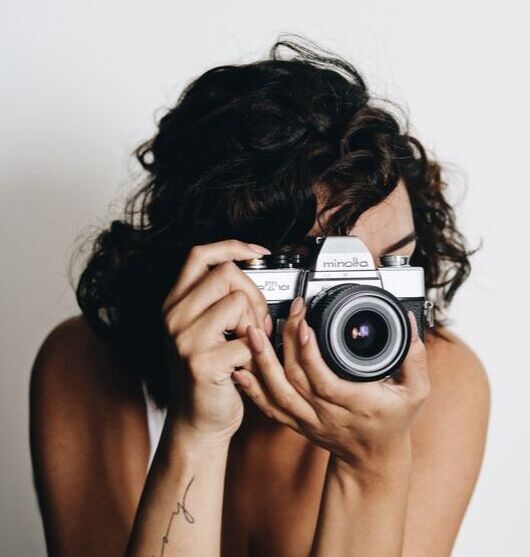
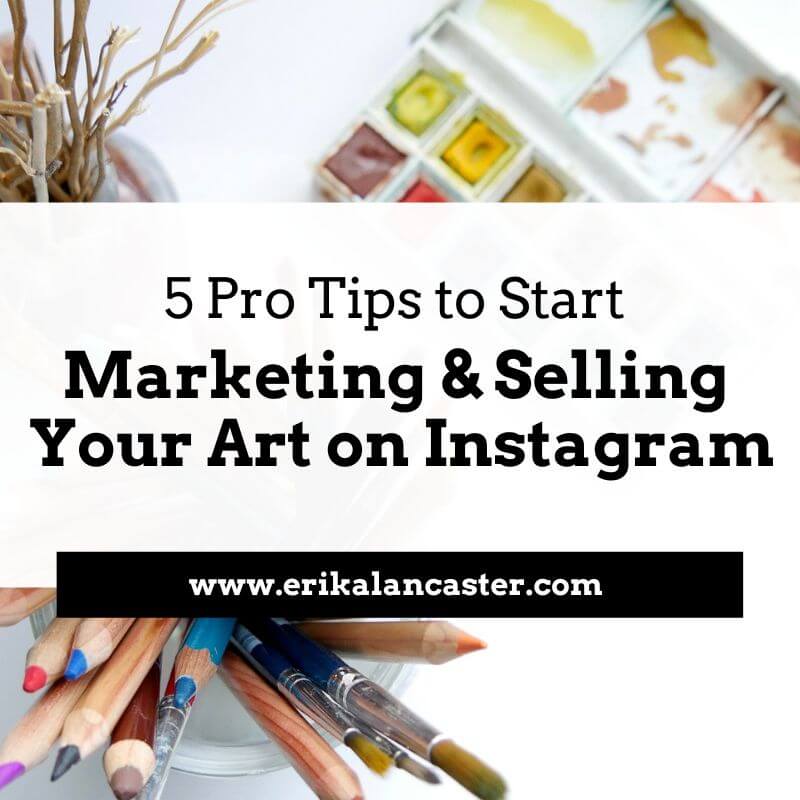
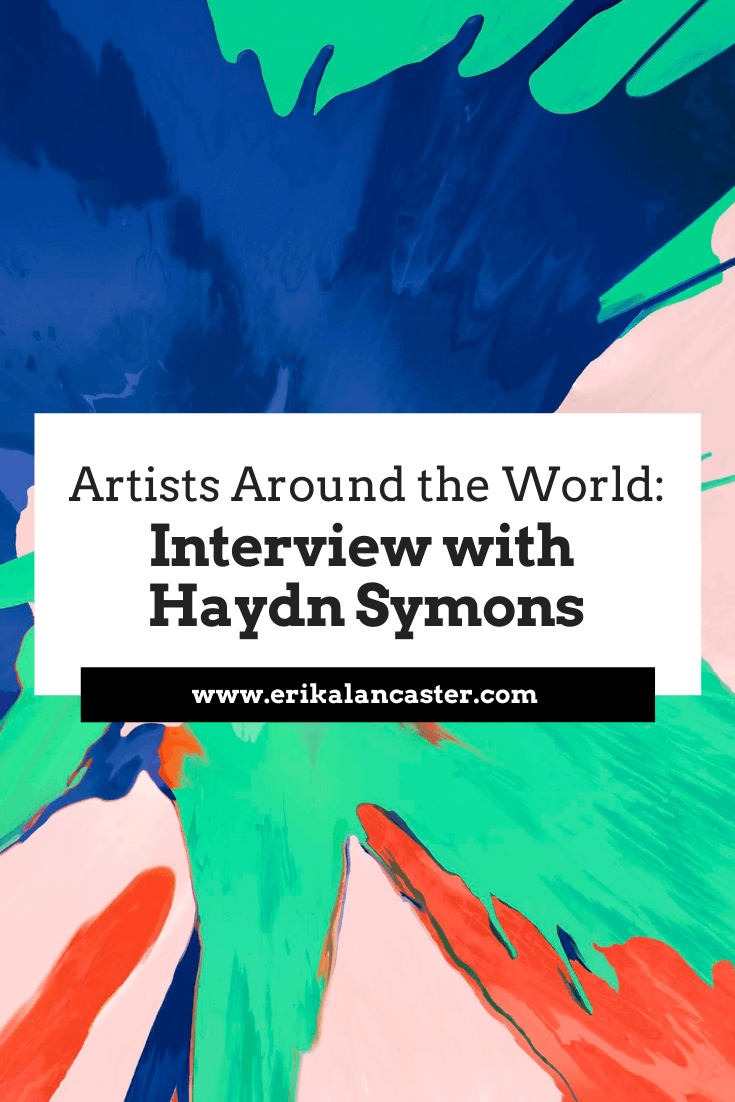
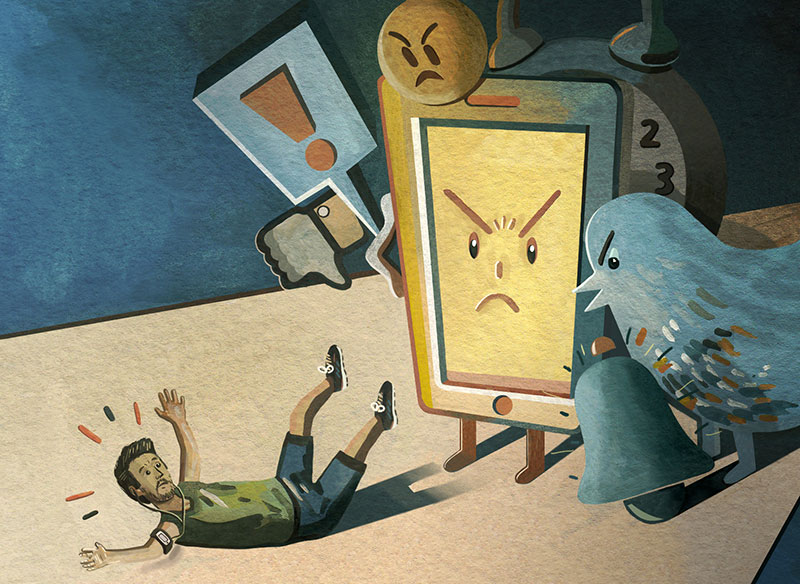
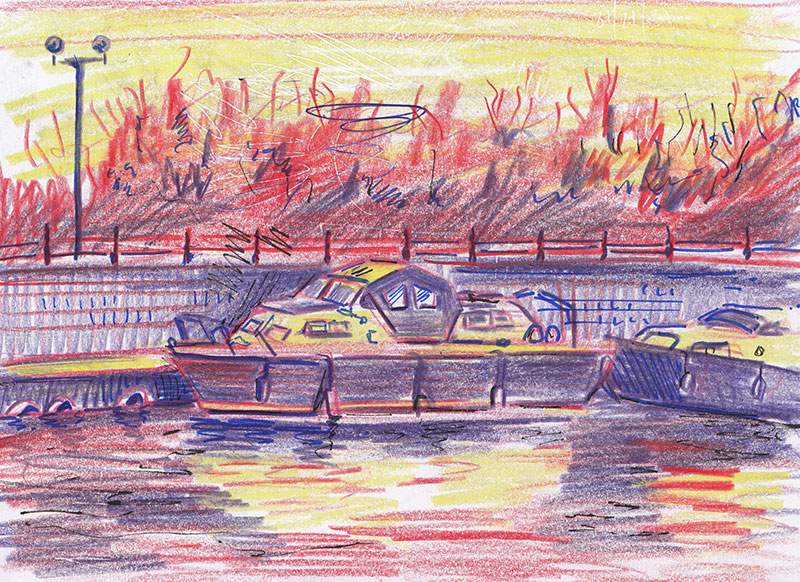
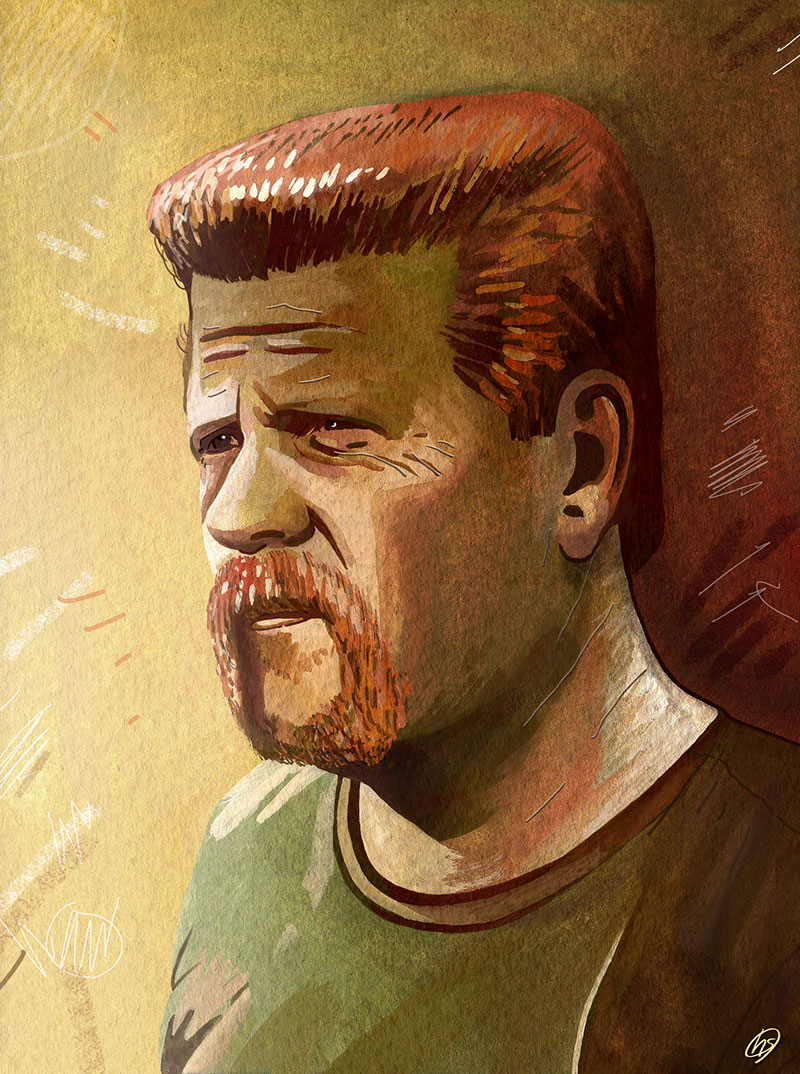
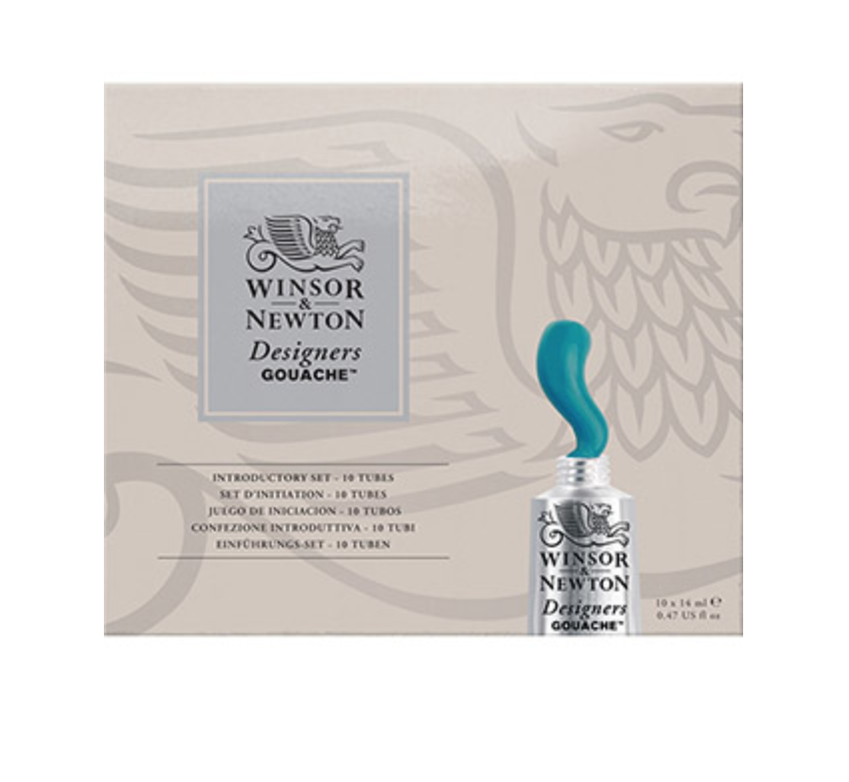
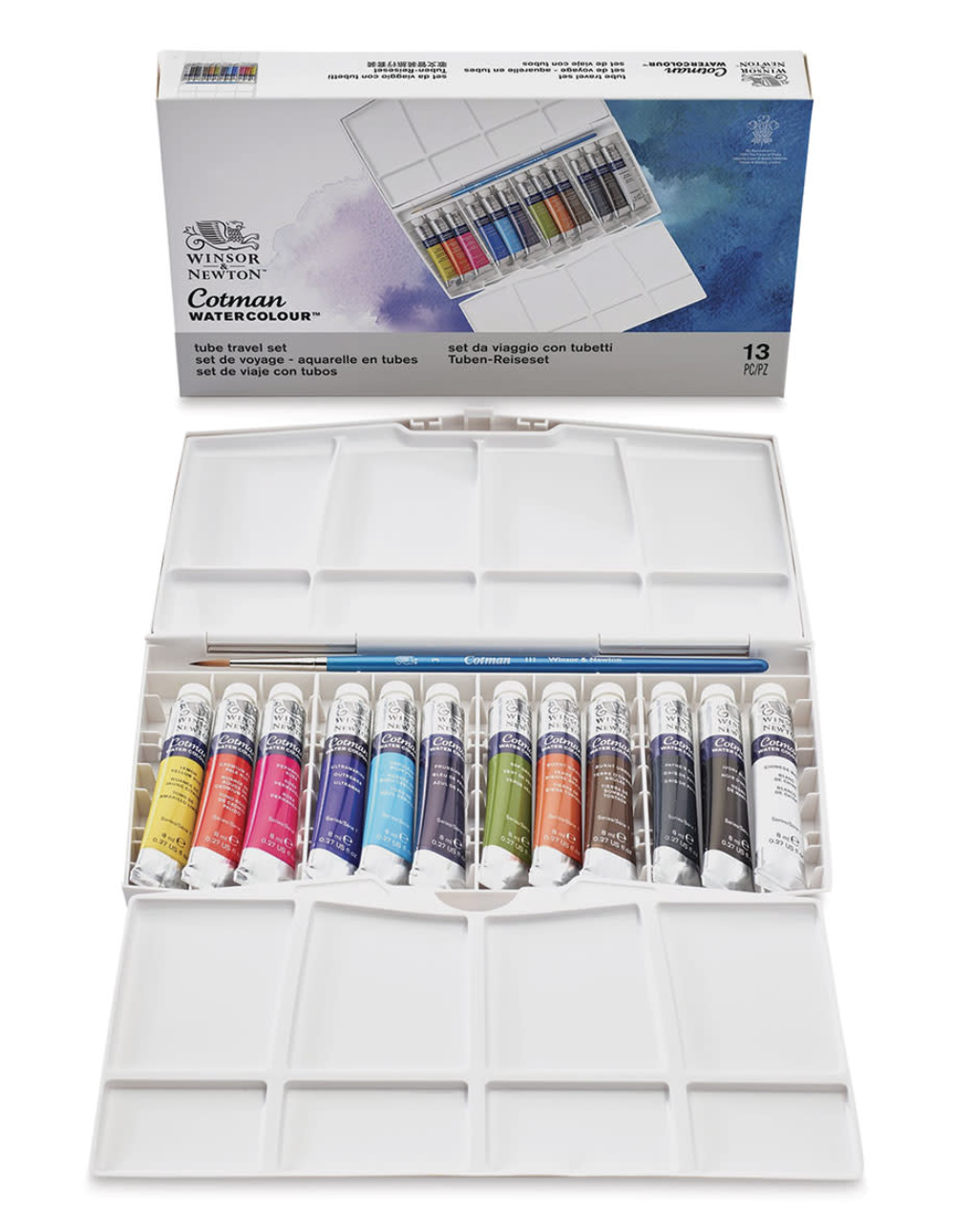
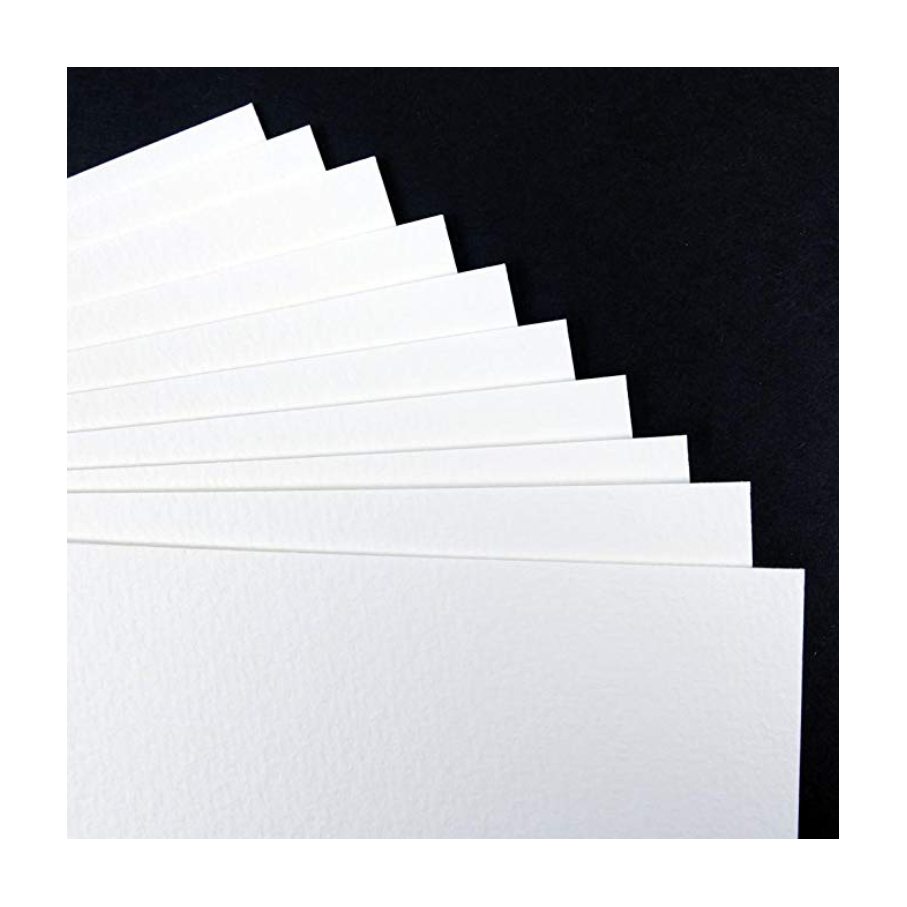
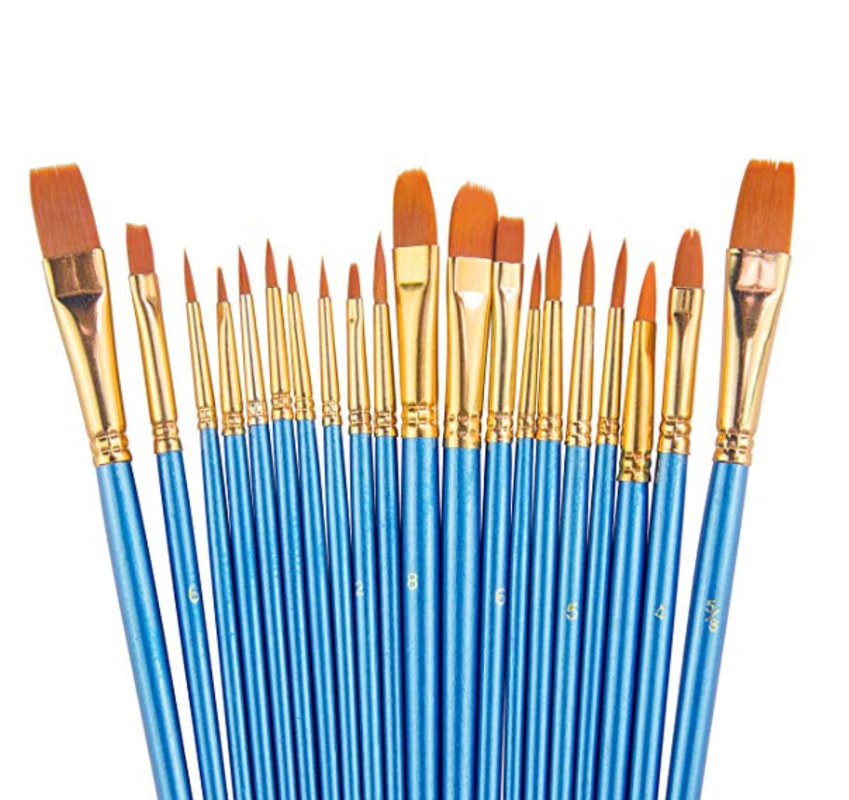
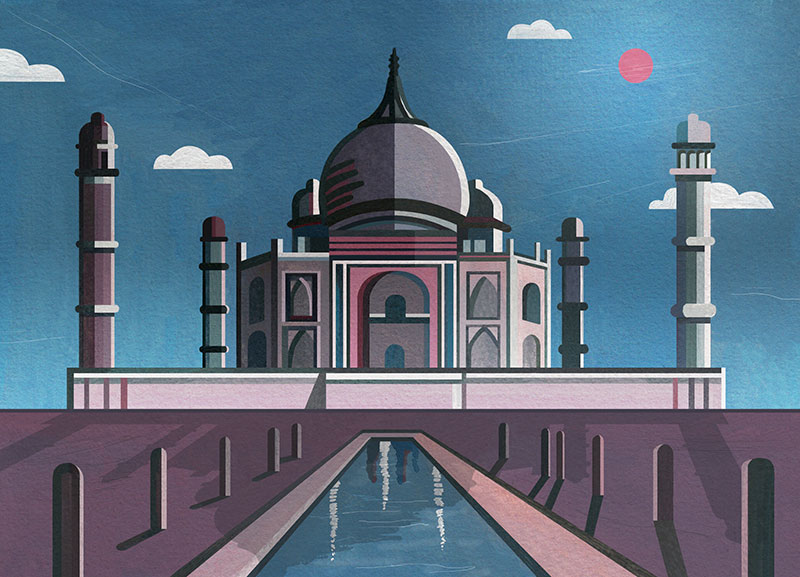
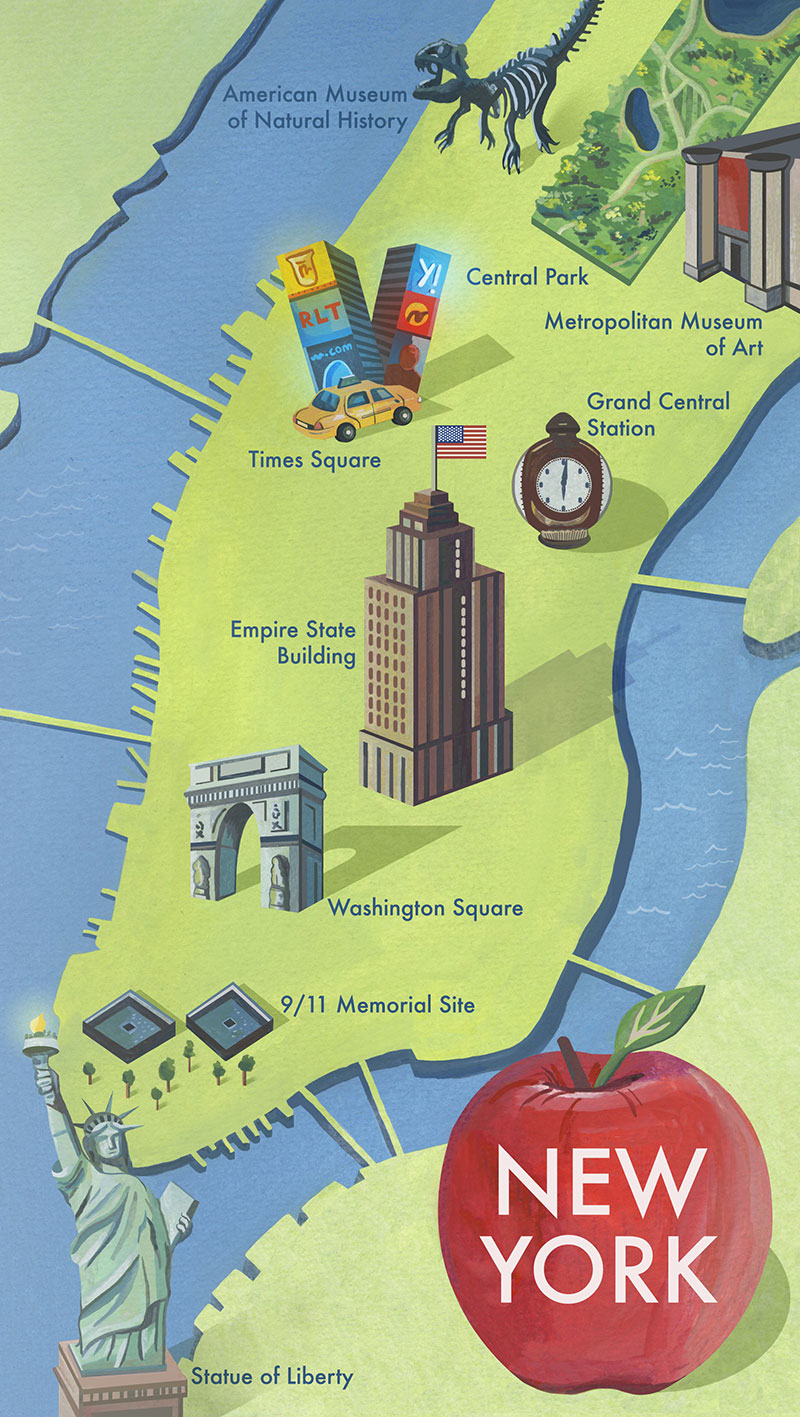

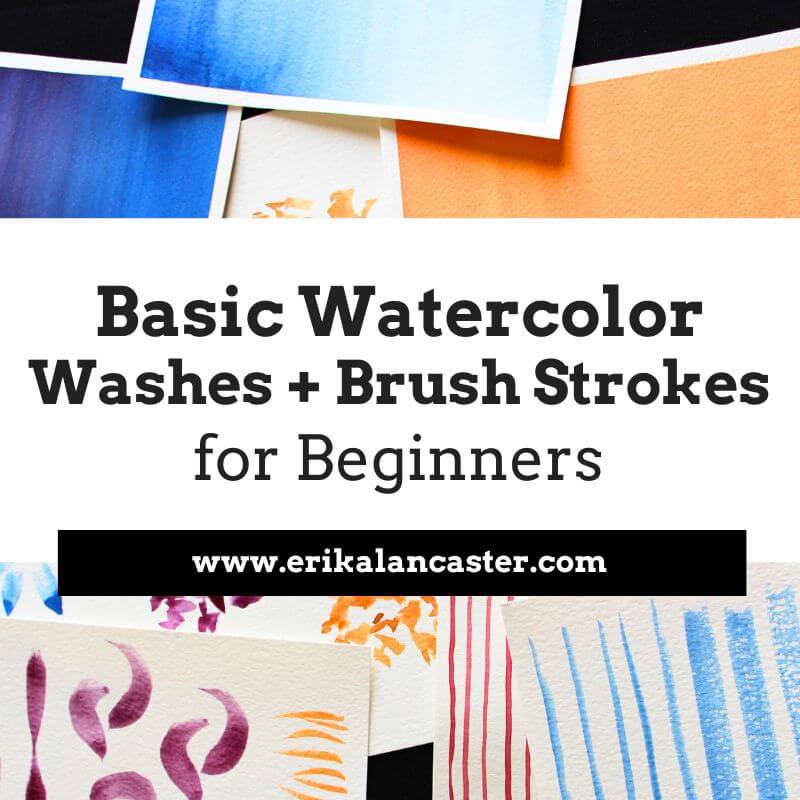
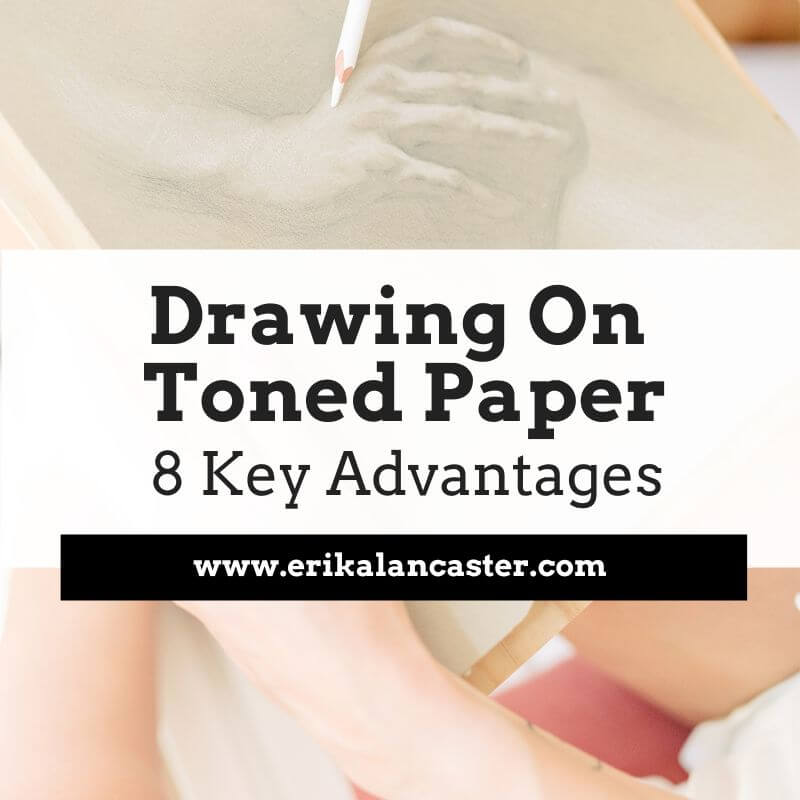
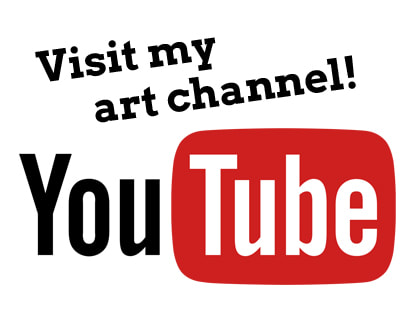

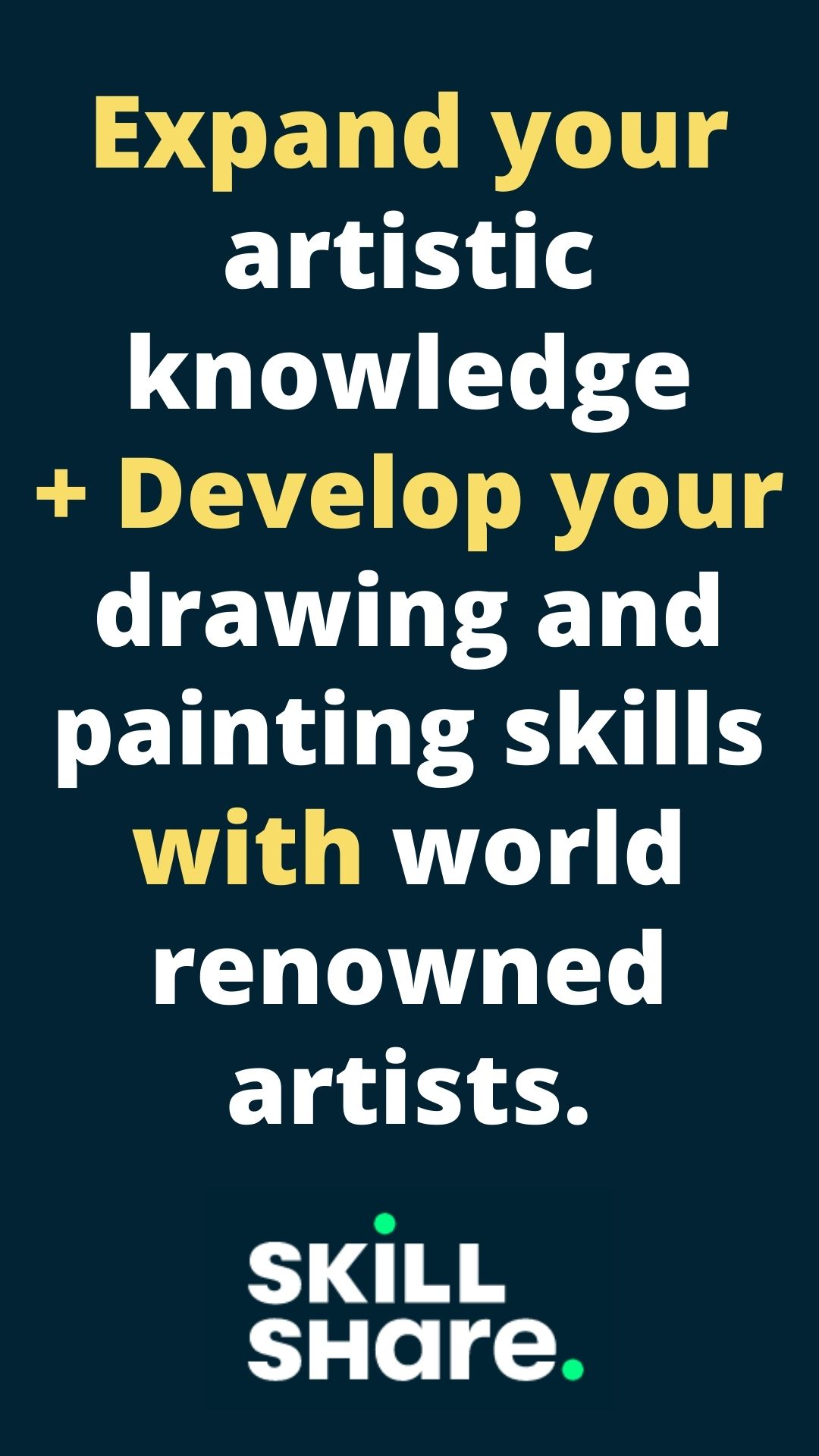

 RSS Feed
RSS Feed

